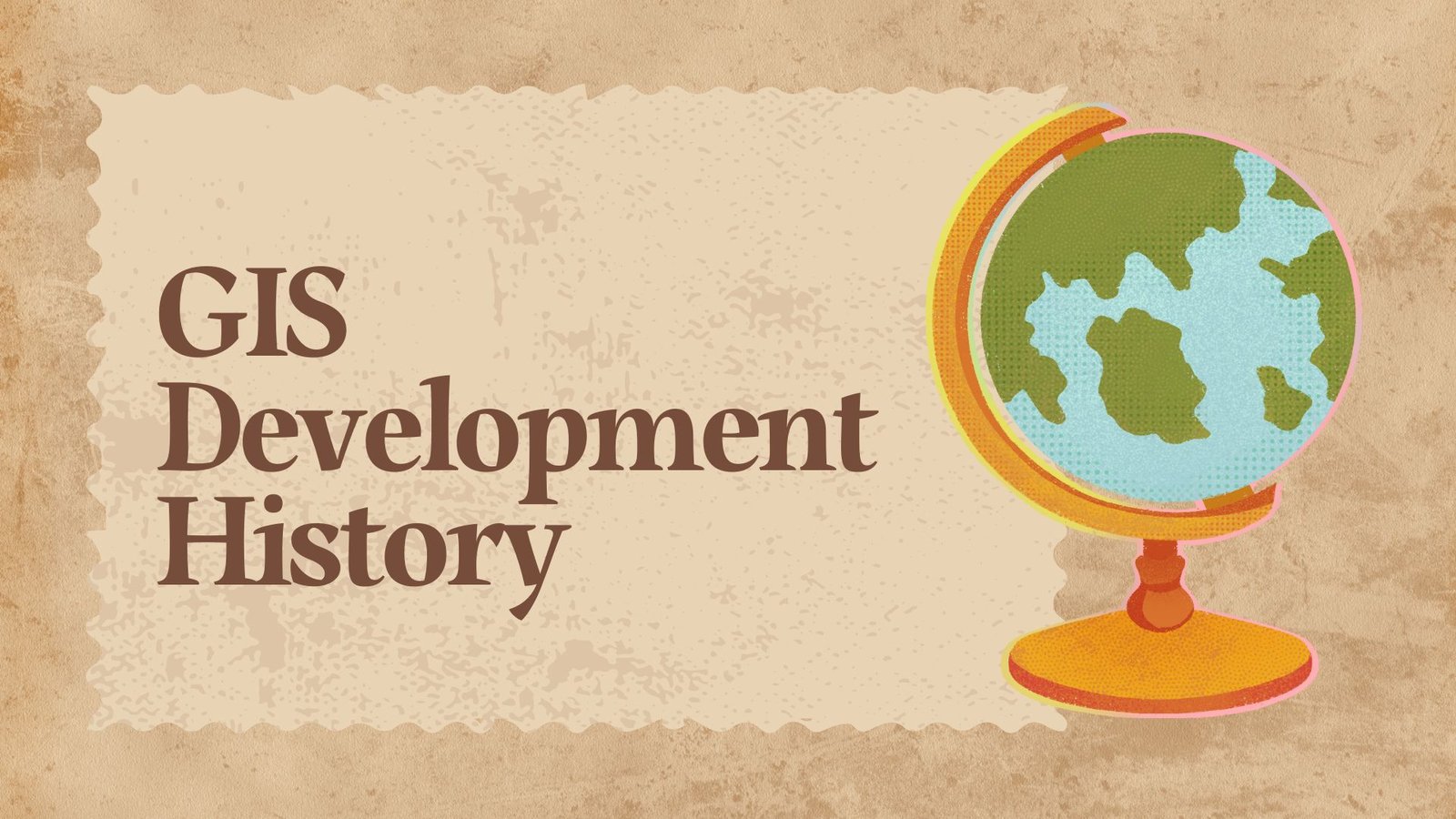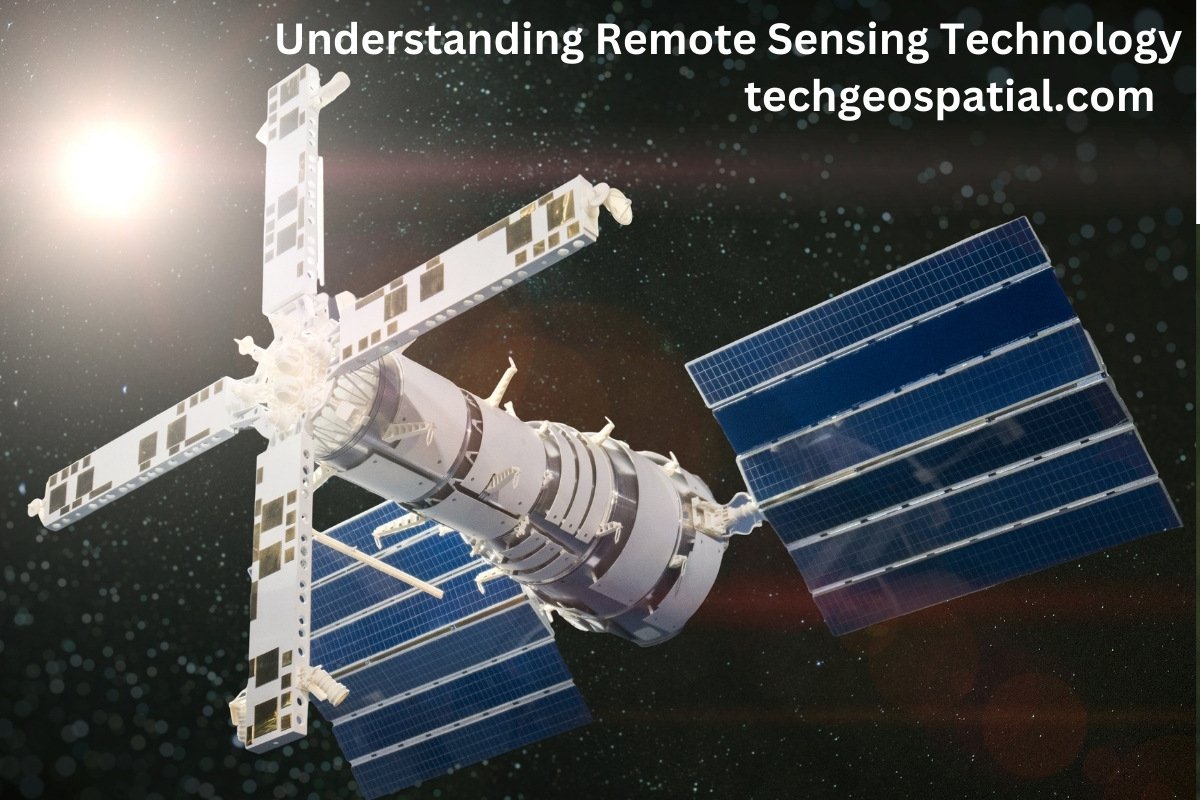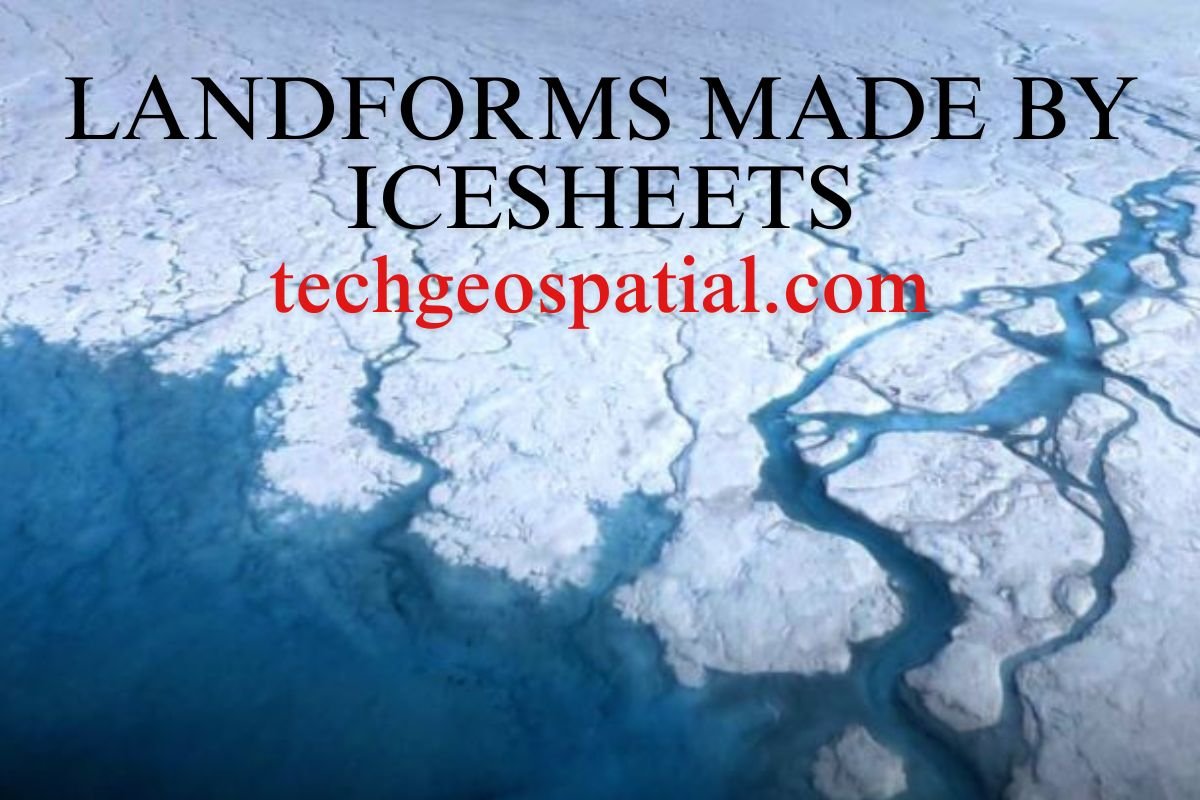GIS Development Stages (Evolution of GIS)
Explore the intriguing journey of GIS development and its transformative impact on mapping technology. Discover how GIS has evolved over the years. Numerous technologies contributed to the advancement of GIS. The development of GIS was greatly supported by databases, computer mapping, remote sensing, programming, geography, mathematics, computer aided design, and computer science. The history of GIS can be divided into multiple developmental stages. Every phase in the following GIS history:
Analysis of Paper Mapping Using Cholera Clusters:
In 1854, the history of GIS began. The English city of London was struck by cholera. Dr. John Snow, a British physician, started charting the locations of outbreaks, highways, property lines, and waterways. He noticed that cholera cases were frequently located along the water’s edge when he included these features to a map. A significant development linking geography and public health safety was Dr. John Snow’s cholera map. This not only signalled the advent of geographical analysis but also of the entire subject of epidemiology, or the study of disease transmission. Dr. John Snow is still regarded as the founding father of epidemiology. John Snow’s work served as evidence that GIS is a useful tool for solving problems. He developed a discovery that could save lives by placing geographic layers on a paper map.

Before 1960 (known as “The GIS Dark Ages”):
GIS in the Dark Ages Computer mapping was done without light. It didn’t get developed. Paper maps or sieve maps were used for all mapping. GIS did not emerge because of the technology. Maps were basic in the 1950s. They were useful for spotting points of interest, planning new developments, and routing vehicles. But there was no computer involved in all of this. Consider an environment devoid of computer mapping. Given the various problems associated with paper maps, it was not unexpected that spatial users and cartographers were interested in investigating computer solutions for managing geographic data.
GIS Development era, from 1960 to 1975:
This served as the main drive in the history of GIS development to switch from paper to computer mapping. The actual GIS pioneering years were the early 1960s to the 1980s. The parts were fitting together thanks to technological advancements:
- Use line printers to produce map graphics as outputs.
- Improvements in mainframe computer data storage.
- Using coordinates as an input for data.
- It was these early computer-related advancements that drove GIS’s next evolution. However, a sharp intellect was actually what GIS needed to fit the puzzle pieces together.
Roger Tomlinson – the father of GIS:
Roger Tomlinson established, organized, and oversaw the creation of the Canadian Geographic System (CGIS) in the 1960s while he was employed by the Canadian government. Since many people believe that CGIS is where Geographic Information Systems originated, this was an important time in the history of GIS. Because it used a layer approach system for processing maps, CGIS was distinct. Canada’s enormous size led to the development of the proposal for a Canadian Land Inventory in 1964. However, it wasn’t completely functional until 1971. The Canadian Land Inventory determined the suitability of the land for different agricultural kinds and wooded areas based on factors such as soil, drainage, and climate. It soon realised that relevant and accurate data were essential for land planning and decision making. To stay up with technological advancements, CGIS has evolved and changed throughout time.
The United States Census Bureau
Several of the fundamental ideas of GIS development were adopted early on by the US Census Bureau. The US Census Bureau’s groundbreaking effort allowed for the 1970 Census to be digitally input utilising the GBF-DIME (Geographic Base File – Dual Independent Map Encoding) data format. GBF-DIME evolved into a file format capable of supporting choropleth mapping, error correction, and digital data input. The US Census Bureau started digitising roadways, metropolitan areas, and census boundaries using this format. This was a significant advancement in GIS history.
The UK’s Ordnance Survey
The UK’s Ordnance Survey began producing topographic maps on a regular basis. Even now, the Ordnance Survey continues to produce a wide range of GIS data products, covering every single house, fence, and stream throughout the whole of Great Britain.
Table: Evolution of GIS
|
Stage of Development |
The Formative Years
|
Maturing Technology | GIS Infrastructure |
| Time Frame | 1960-1980 | 1980-Mid-1990 | Mid-1990s-present |
|
Technical environment |
Mainframes and minicomputers. Proprietary software. Proprietary data structure. Mainly raster based. |
Mainframes and minicomputer. Geo-relational data structures. Graphical users’ interface. New data acquisition technologies like GPS, Remote sensing |
Workstations and PCs. Network/Internet. Open system design. Multimedia. Data Integration. Enterprise Computing. Object Relational data model. |
| Major Users |
Government, Universities, Military |
Government, Universities, Military, Utilities, Business |
Government, Universities and schools, Military, Utilities, Business, General Public |
|
Major Application Areas
|
Land and Resource Management, Census, Surveying and Mapping |
Land and Resource Management, Census, Surveying and Mapping, Facilities Management, Market Analysis |
Land and Resource Management, Census, Surveying and Mapping, Facilities Management, Market Analysis, Utilities, Geographic Data Browsing |
Source: C.P. Lo Albert, K.W. Yeung, Concepts and Techniques of Geographic Information Systems; Prentice Hall of lndia
Commercialization of GIS Software: 1975–1990:
The work of the Harvard Laboratory Computer Graphics was impacted when governments came to understand the benefits of digital mapping. Named ODYSSEY GIS, Harvard Laboratory Computer Graphics created the first vector GIS in the middle of the 1970s. Using the ODYSSEY GIS technological framework, ESRI created ARC/INFO, and this effort paved the way for the next phase of GIS development: software commercialization.
- Both graphics performance and memory capacity were advancing in the late 1970s. SURFACE, GRID, IMGRID, GEOMAP, MAP, MAPICS, GIMMS (Geographic Information Making and Management Systems), and MAP were among the new computer cartography products. This period of GIS history began in the late 1980s, when the number of GIS software providers began to increase.
- Esri, the biggest GIS software provider in the world today, was one of these GIS software suppliers. Minicomputer ARC/INFO was introduced in 1982, then with the introduction of the Intel microcomputer in 1986, PC ARC/INFO was introduced. Esri has been instrumental in the creation of GIS software and is currently among the world’s foremost authorities in the field.
- With some of the earliest conferences and published work, GIS also began to acquire traction at this stage in its history. 1975 saw the UK host its first GIS meeting. There was a modest group of scholars in attendance. In 1981, only eighteen people attended the inaugural Esri conference. GIS consulting firms began to proliferate. The phrase “geographic information system” was initially used by Roger Tomlinson in his 1968 book “A Geographic Information System for Regional Planning.”
For GIS, it was a very lonesome moment.
GIS Development From 1990 to 2010: (Number of Users):
Collaborative Map Different user approaches are being used to embrace GIS development technology. Worldwide, educational institutions, corporations, and governmental bodies are beginning to utilise digital mapping and analysis. Every component was prepared for the dissemination of GIS among the populace:
- More affordable, quick, and potent computers.
- A variety of programme choices and data accessibility.
- The deployment of remote sensing technology and the launching of new satellites.
- The years 1990–2010 marked the turning point in the development of GIS.
- However, technological improvements have outpaced the typical user. Users of GIS were unaware of the full potential of GIS technology. Adoption of GIS software by companies was hesitant. Access to topographical data was unavailable to countries.
- However, these problems were eventually resolved. The value of spatial analysis in decision-making was gradually coming to light. GIS was gradually being introduced to businesses and classrooms. Both vector and raster data might be handled by the software. The data gathered from space could be used in a GIS as more satellites are deployed into orbit.
GIS Development and Open-Source Explosion, from 2010 onwards:
Accessible Mapping As consumers grow more used to GIS development software, a new discovery in GIS has emerged: an explosion of open-source software.
- GIS software is now accessible to anyone with a computer thanks to incredible efforts like QGIS.
Today’s processors measure in gigahertz. The clarity of graphics cards has never been higher. Now, we consider the storage of GIS data in terabytes. Megabytes are no longer used. - GIS data is now more widely available. It is possible to get LiDAR data, Landsat satellite imagery, and TIGER data for free.
- Vast volumes of spatial data are stored in online repositories such as ArcGIS Online. It comes down to quality assurance and customizing it to your requirements.
- However, the most notable development is the widespread trend of GIS users creating their own GIS software in an open, cooperative manner. Open source refers to the fact that this software is made available to the whole public. The best part is that anyone can use them for free.
- These days, open source is getting more and more popular. The era of open-source GIS software is slowly approaching. QGIS is seeing more light than it has in the past. Commercial GIS software, however, will always have a purpose. Nearly every spatial issue that arises today may be solved by software firms like Esri.






nice informative